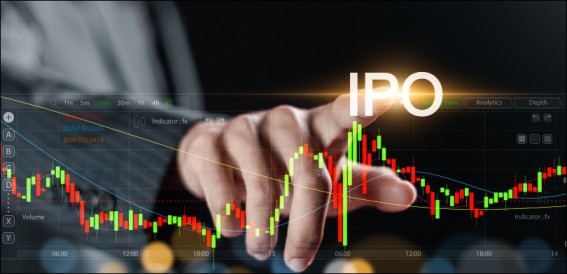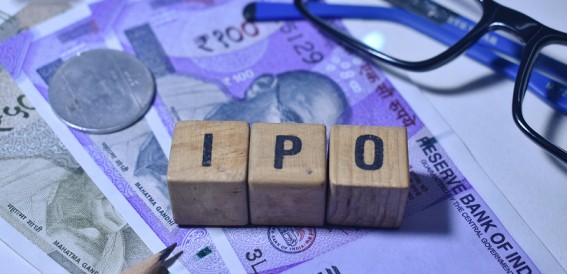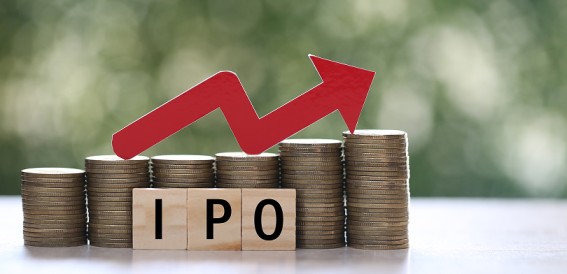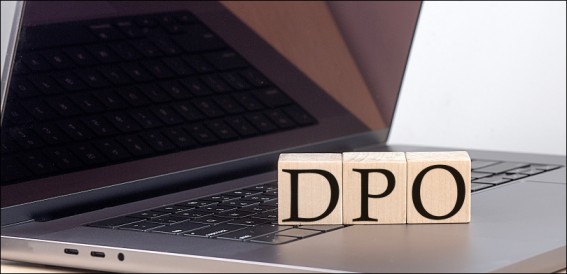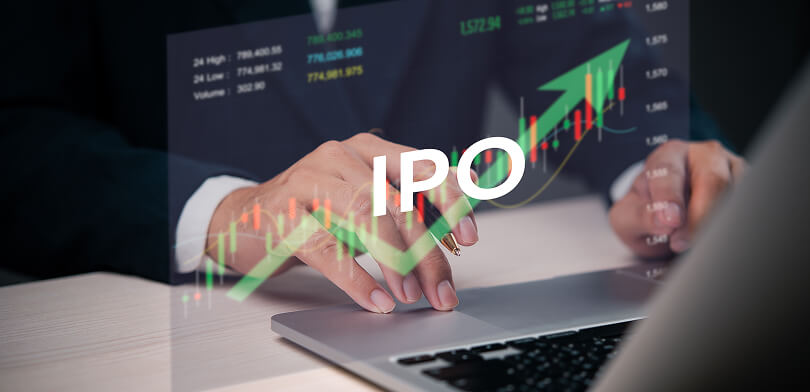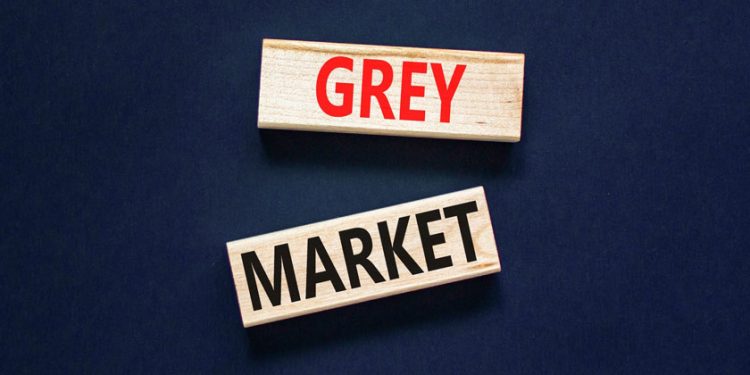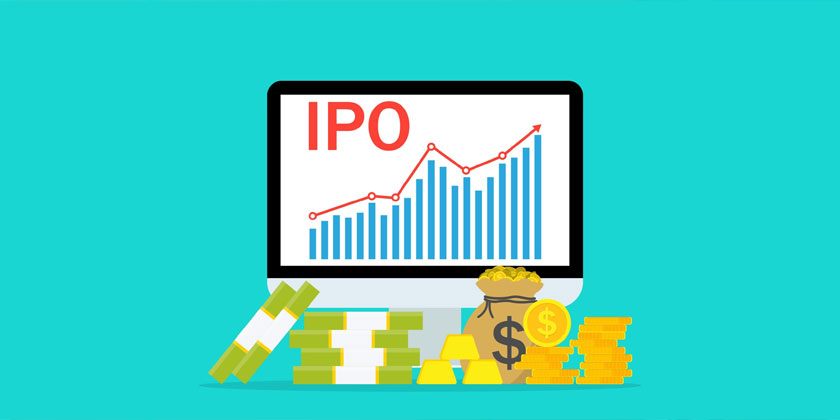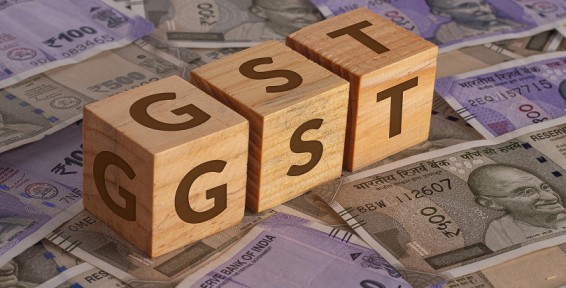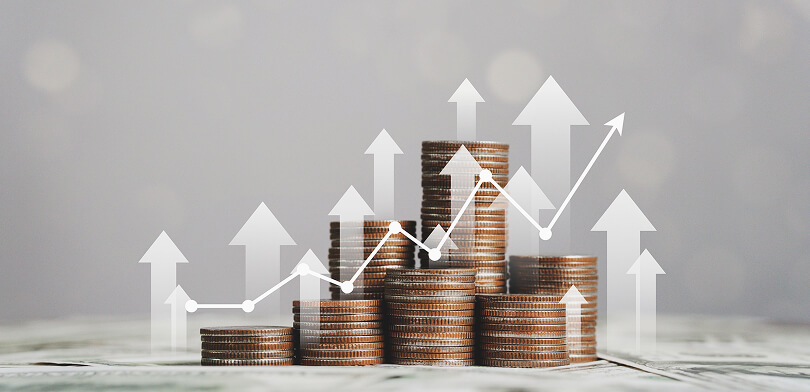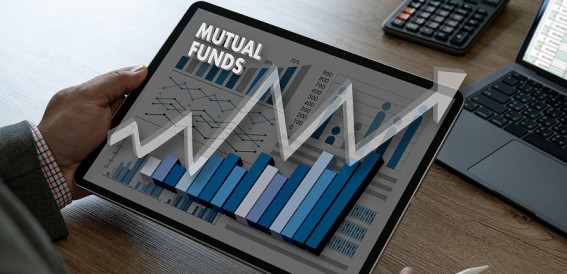A corporation issues shares through an Initial Public Offering (IPO) when it decides to go public to raise capital from investors. The issue price is a crucial factor in an Initial Public Offering (IPO) as it determines the amount of capital a company raises and the initial value of shares offered to investors. This makes it a key element in the IPO process. Investors wishing to take part in an IPO must comprehend the offering price. This article will delve into every detail regarding the Issue Price, like what it is, how it is determined, and how it is calculated.
What is the Issue Price in an IPO?
Upon going public, a business will collaborate with an investment bank to ascertain the optimal price to sell its shares. Additionally, the investment bank will assist in promoting the initial public offering (IPO) and generating interest in purchasing shares. The issue price is the price at which the shares are offered for sale.
The issue price is crucial as it determines how much capital the company can raise from the IPO. It should be set high enough to meet the company’s funding needs but not so high that it discourages investors from purchasing shares. If investors do not buy the shares, the company will fail to raise capital. Additionally, the issue price affects each shareholder’s ownership stake in the company.
The investment bank sponsoring the IPO sets the price. When determining the price, the underwriter will consider several variables, including the state of the market, the company’s financial records, and the level of demand for the stock.
Invest in Upcoming IPOs – It All Starts with a Demat Account.
How is the Issue Price Determined?
The issue price of an IPO is set through the following methods:
- Fixed Price Method: The company and its underwriters decide on a fixed price at which shares will be issued. Investors are required to pay this predetermined price.
- Book Building Method: The company sets a price band in this method, and investors place bids within that range. The final price, the cut-off price, is decided based on demand.
- Dutch Auction: Investors submit bids with their preferred price and quantity. The highest price at which all shares are sold becomes the issue price.
The other factors that determine the Issue Price are given below:
- Company’s financial position
- Future growth aspects
- Market demand and supply
- Economic factors
Face Value of an IPO
The face value in an Initial Public Offering (IPO) refers to the price set by the issuing company for each share before it is offered to investors. This pricing is typically set lower than the going rate to draw customers. It might not accurately represent the company’s or its stock’s worth.
How to Calculate IPO Listing Price?
The listing price is the price at which a company’s shares begin trading when first listed on a stock exchange. It is determined by factors such as the number of shares offered, investor demand, and the company’s share price.
The listing price can be determined by following steps:
- Find out how much the company’s shares are worth. This might be obtained via a broker or from its financial documents.
- The number of shares being offered is multiplied by the share price. This will provide you with the IPO’s overall worth.
- Divide the total value by the number of outstanding shares. You will receive the IPO share price as a result.
Difference between Issue Price and Market Price
| Features | Issue Price | Market Price |
| Definition | The price at which shares are offered in an IPO. | The price at which shares are traded on the stock exchange. |
| Determination | Decided by the company and underwriters. | Determined by supply and demand in the stock market. |
| Stability | Fixed at the time of IPO launch. | Fluctuates based on market conditions. |
| Investor Involvement | Investors can buy shares at this price before listing. | Investors can buy or sell shares anytime in the secondary market. |
Difference between Issue Price and Listing Price
| Features | Issue Price | Listing Price |
| Definition | The price at which shares are initially offered to investors. | The price at which shares start trading on the stock exchange. |
| Determination | Set by the company and underwriters before the IPO. | Determined by market forces on the listing day. |
| Impact of Demand | Less influenced by short-term demand. | Directly impacted by investor sentiment and demand. |
| Market Influence | Fixed before trading begins. | Can be higher or lower than the issue price depending on demand. |
Difference between IPO Face Value and Issue Price
| Features | IPO Face Value | Issue Price |
| Definition | The nominal or par value of a share. | The price at which the share is offered to investors in an IPO. |
| Purpose | Used for accounting and legal purposes. | Determines the fundraising amount for the company. |
| Influence on Share Value | Remains constant over time. | Can be significantly higher due to market conditions. |
| Investor Consideration | Investors do not focus on face value. | Investors consider issue price when subscribing to an IPO. |
Cut-off Price for an IPO
The cut-off price is the final price at which shares are allotted to retail investors in a book-building IPO. It is determined based on the demand and bids received during the IPO process. Investors who opt for the cut-off price agree to buy shares at the final price, without specifying a particular amount.
- Example: If the IPO price band is ₹100-120 per share and the cut-off price is set at ₹115, then all successful applicants who chose the price will receive shares at ₹115.
- Retail investors often choose the cut-off price to maximize their chances of allotment, as they agree to pay the final determined price.
Frequently Asked Questions
- What is the difference between an IPO’s face value and issue price?
Face value is the nominal value of a share, whereas issue price is the price at which it is offered to investors in an IPO.
- Can the listing price be lower than the issue price?
Yes, if there is low demand or negative market sentiment, the listing price may fall below the issue price.
- What is an IPO’s grey market premium (GMP)?
GMP is the unofficial premium at which IPO shares trade before officially being listed on the stock exchange.
- How does the book-building process work in an IPO?
Investors bid within a price range; the final issue price is determined based on demand and supply.
- Why do companies set a premium over the face value in an IPO?
The premium reflects the company’s growth potential, financial health, and investor demand, helping the company raise more funds.

